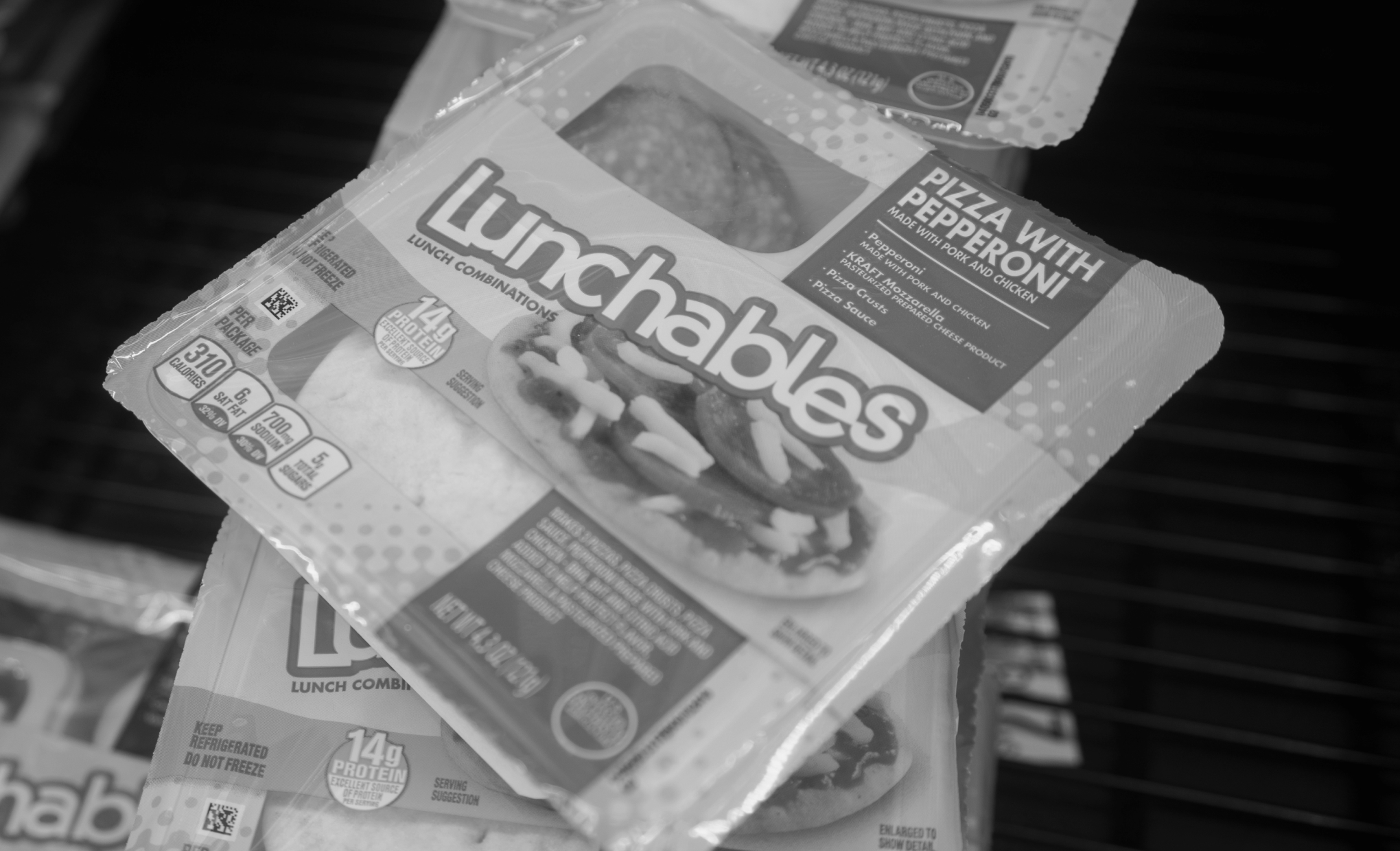Oscar Mayer created Lunchables in the mid-80s as a way of reinvigorating their bologna business while also appealing to busy parents. Lunchables caught on quickly and within a decade, 1.6 billion units were sold. They quickly became a status symbol among kids and the packaging was designed to appeal to parents, too. In fact, it was specifically designed to resemble a gift (reportedly, this was done to help parents experience less guilt about giving their children a prepackaged meal). When they first launched, Lunchables each included a yellow napkin, but the napkins were removed due to production costs. Despite their popularity, Lunchables have been the subject of plenty of controversy. For example, they’ve been banned from some classrooms for causing disruptions and being unhealthy. (Lunchables contain large amounts of sodium and saturated fat.) Although there have been a few attempts to make the boxed meals healthier, most have been unsuccessful. Despite these concerns, Lunchables remain a popular product today and are available in many varieties, such as pizza, nachos, and ham and cheese crackers.

Your go-to guide for weird history facts
Subscribe to the FREE daily email that makes learning about history fun.


